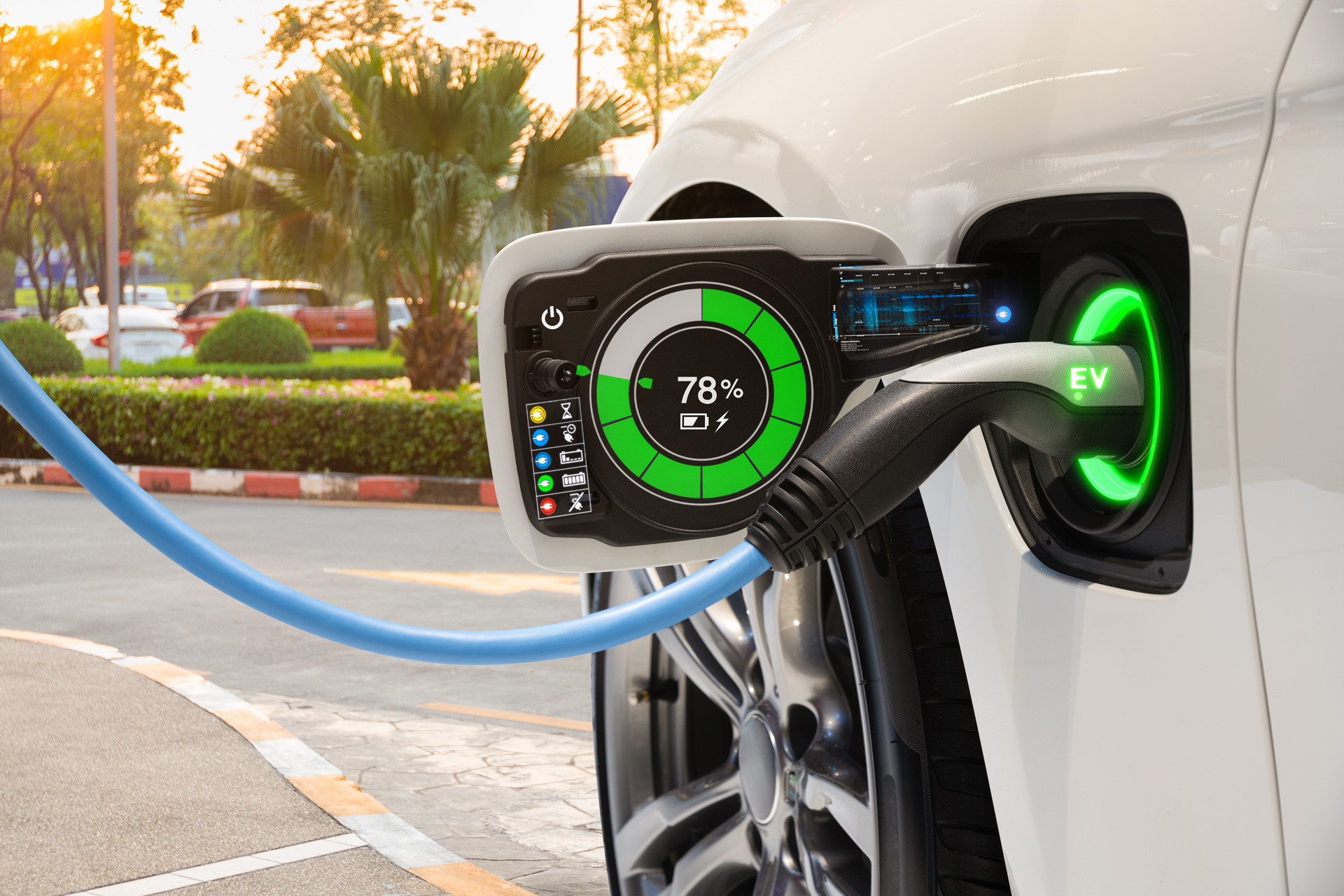Electric cars are revolutionizing the market and impressive innovations appear every day, however, it is also necessary to know their downside
Charging Times Are Still Not On Par With Filling Up Gas
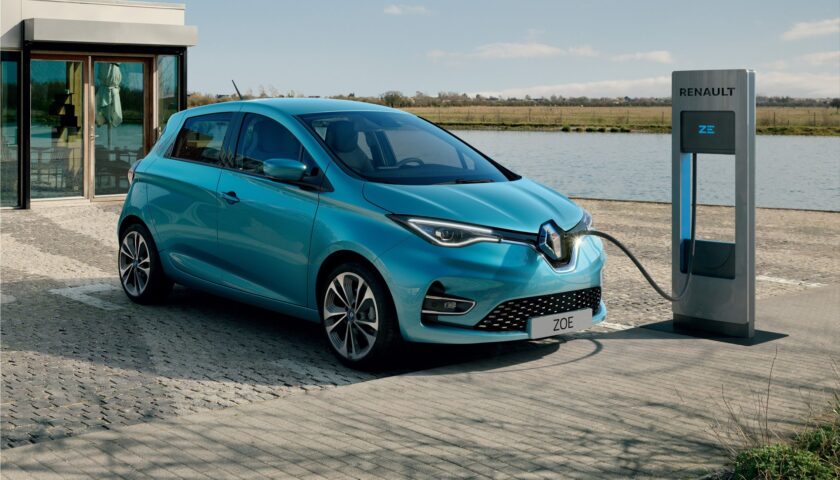
The time it takes to fully charge an electric vehicle is a major drawback compared to internal combustion engines. Pouring liquid into a tank is a completely mechanical process in internal combustion vehicles. The situation with electric vehicles is more complex. Depending on the power supply, the voltage, and the type of vehicle, the charging process can take anywhere from twenty minutes to more than six hours. When it comes to the latter, you have your pick between a Battery Electric Vehicle (BEV) and a Plug-In Hybrid Electric Vehicle (PHEV), but there’s no debate about which one is superior in terms of charging speed: the PHEV. Whatever the case may be, the future looks bright. Prototype 72-second charging systems are currently being tested by some companies.
Not Enough Charging Stations To Cater The EV-Boom
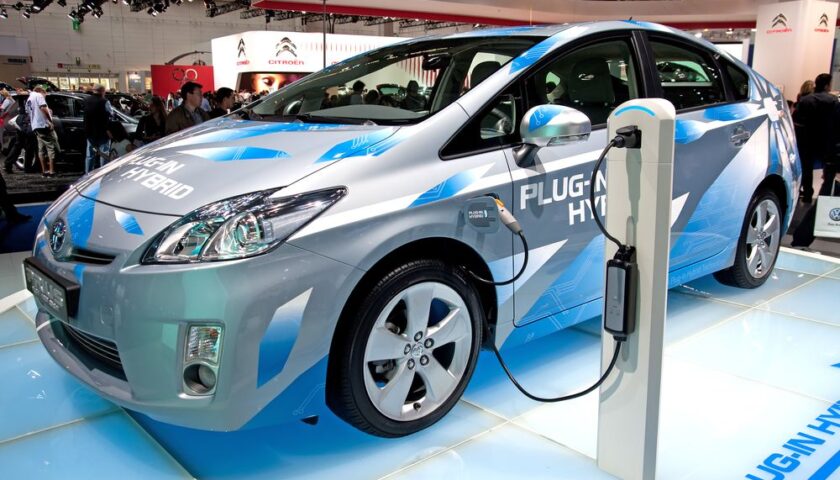
Having the ability to charge an electric vehicle at home is a major benefit if we own the necessary accessories. However, this is always going to be slower than charging at a charging station, and besides, the whole point of having a car is to be able to leave the house and go on adventures. All predictions indicate that many more charging stations will be needed to meet the enormous demand expected in the coming years, despite the fact that there are already more than 56,000 in the United States and more than 375,000 in Europe. However, charging stations aren’t distributed equally, so you might find yourself in a spot where there are none.
Very Few EVs Offer 400+ Miles Of Range
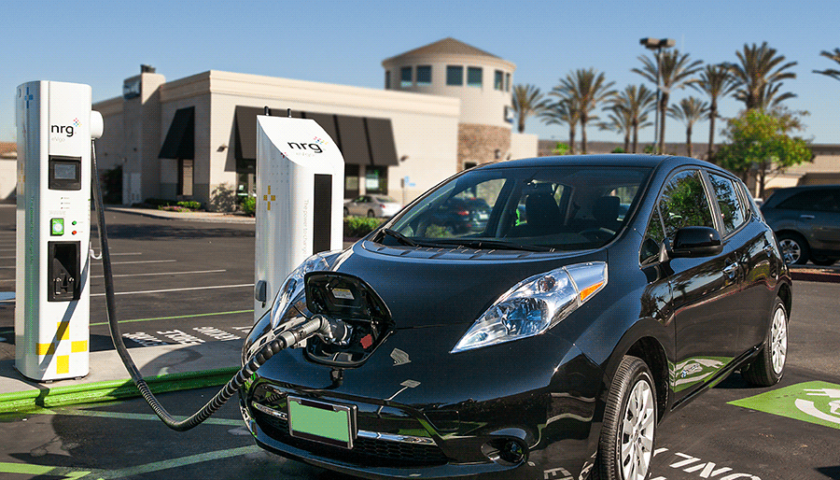
Another classic problem that electric car developers faced in the past and still face today is that of range. While much progress has been made, a range comparable to that of conventional cars has not yet been achieved. Among the EV models with the longest range you could choose from are the Mercedes EQS 450+ AMG Line with 453 Miles, the Lucid Air Dream Edition with 425 miles, and the Tesla Model S Dual Motor all-wheel-drive with 405 miles. Not bad, but you must remember that these are the best cars on the market and therefore far exceed the average range, which is below 300 miles.
The Longevity Of Batteries Is Still A Question
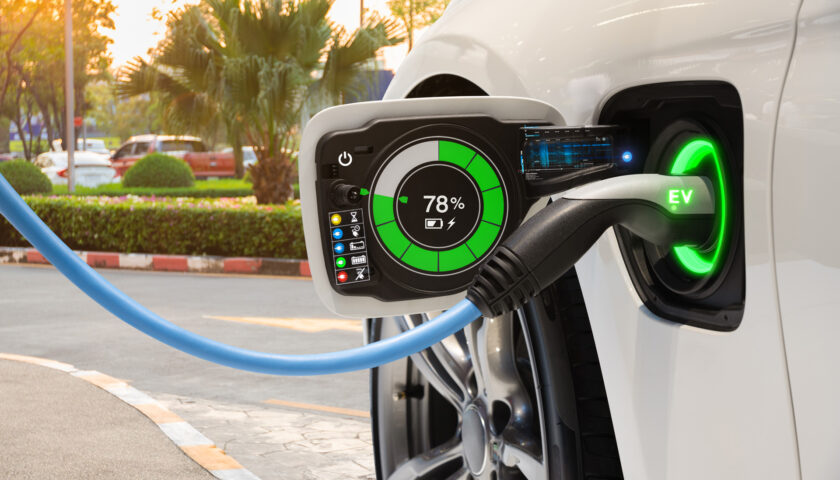
Batteries are ubiquitous; you use them in your mobile devices, computers, watches, and even traditional automobiles. Perhaps you’ve had to replace the battery in your car before the electrical system would function. In electric vehicles, however, the battery is much more than just a computer; it’s vital to your ability to get around. A well-maintained high-quality battery has an expected lifespan of 12–15 years in milder climates, but only 8–12 years in extremely hot or cold regions. However, manufacturers like Tesla and Hyundai provide extended battery warranties of up to 8-10 years or 100,000 miles.
EVs Are Costlier Than Equivalent ICE Cars
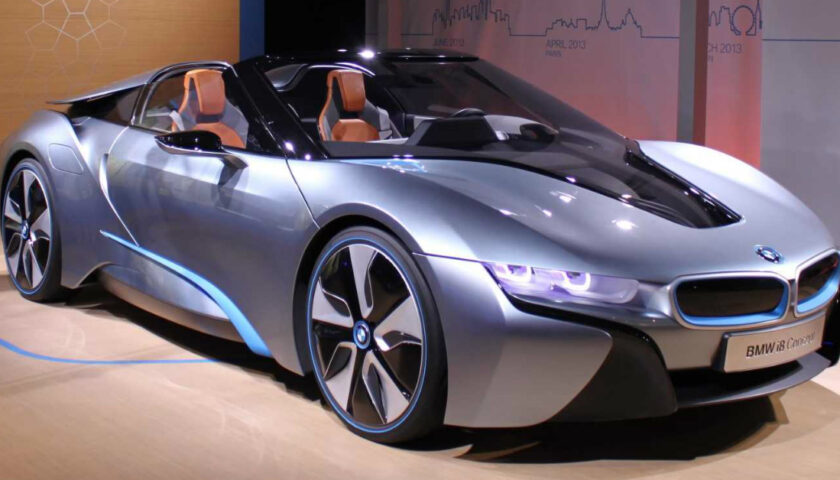
Currently, the cost to acquire an EV is greater than that of an ICE with equivalent technical specifications and conveniences. Every year, the gap narrows a little bit more, but batteries are still very expensive and the cost of investing in new technologies and research. However, it’s important to remember that electric vehicles typically have lower maintenance and operating costs than conventional vehicles. Depending on where you live and the efficiency of your vehicle, charging with electricity can be more cost-effective than filling up with gas. In addition, governments frequently subsidize the growth of renewable energies, and electric vehicles in particular, so future benefits may increase substantially.
Read More – Why The Tesla Model X Needs A Successor


